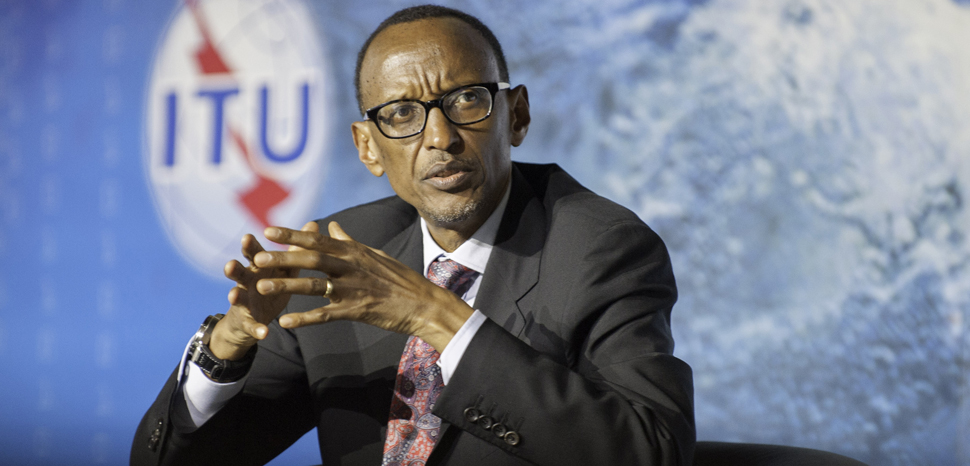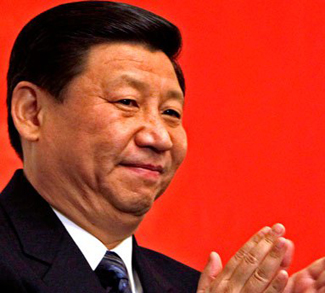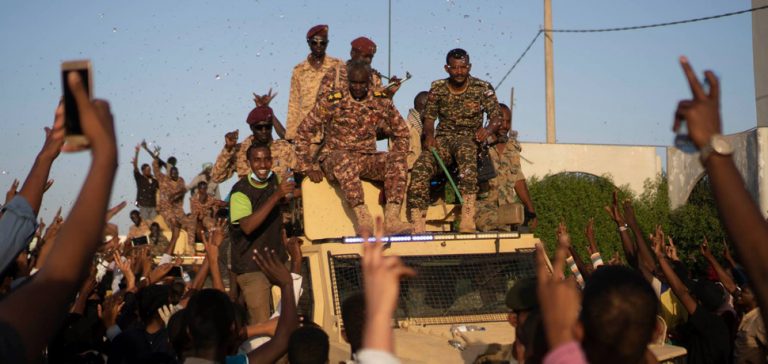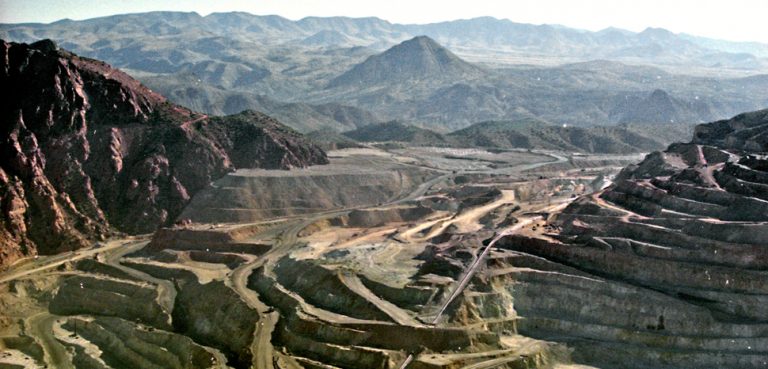Over 25 years have passed since Rwanda endured its infamous genocide, in which 100 days of violence spurred by ethnic divisions resulted in an estimated (and disputed) death toll of nearly 1,000,000 Rwandans. In the aftermath that followed, Rwanda saw its GDP plummet by 50%, while contending with an unproven government in its infancy and a social fabric in tatters between the majority Hutu and the minority Tutsi and Twa groups.
Although worldwide attention to the genocide triggered inflows of foreign aid, the lack of direct involvement by state actors implicitly cast doubt on the viability of the Rwandan Patriotic Front’s (RPF) turnaround strategy, particularly as Rwanda’s donor pool began to diminish.




